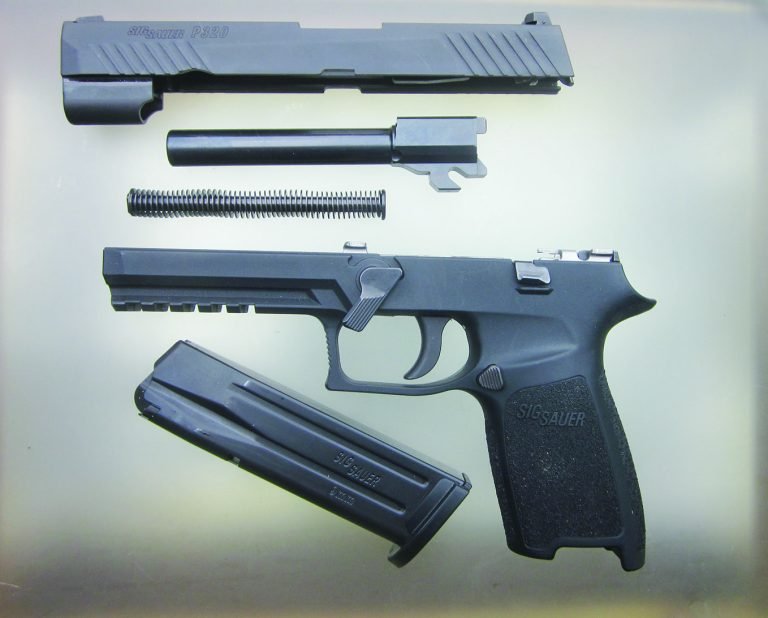Why Should Every Family Conduct a Home Safety Assessment?
- Angela Gustus
- May 19
- 2 min read

Your home should be your safe haven—a place where you and your loved ones feel secure. But how often do we really take the time to evaluate just how safe our homes are? Conducting a home safety assessment is one of the most important, yet overlooked, steps in creating a protective environment for your family. From understanding how intruders typically gain access to recognizing the everyday obstacles that keep us from using our security systems, a home safety assessment is essential for realistic and reliable protection.
The Front Door is the Main Target
According to the U.S. Concealed Carry Association (USCCA), most home invasions occur through the front door. That’s right—not the back, not a basement window, but the very door we walk through every day. This statistic challenges the often romanticized idea of burglars sneaking through obscure entry points. Instead, they’re coming right to the most visible and frequently used access point.
This makes it critical to evaluate:
The strength and quality of your front door and its frame.
Whether you have a deadbolt or door reinforcement plate installed.
The effectiveness of your outdoor lighting and video doorbell systems.
If your front door can’t withstand a basic kick or doesn’t alert you when someone approaches, it’s time to upgrade.
The Pet Dilemma and Alarm Neglect
Even when homeowners have security systems, many aren’t using them. Why? USCCA reports that the number one reason people don’t activate their home alarm system is because of pets. Dogs and cats triggering motion sensors can lead to frequent false alarms and annoyance, resulting in homeowners choosing convenience over safety.
This tells us one thing: if your system doesn’t work with your lifestyle, it won’t work at all.
A Smarter Approach to Home Monitoring
A modern home safety assessment should lead you to smarter, more adaptable solutions:
Pet-friendly motion sensors that can distinguish between human and animal movement.
Zone-based monitoring to customize which areas are armed when you're home.
Real-time alerts and mobile integration, so you can monitor your home remotely and respond quickly to any threat.
These features allow families with pets to keep their alarms on—protecting both their home and their furry loved ones.
Your Next Steps
Here’s how to get started with a home safety assessment:
Walk the perimeter of your home. Look at doors, windows, and lighting. Could someone hide near your entry points?
Evaluate your current security system. Is it pet-friendly? Do you regularly activate it?
Inspect locks, alarms, and surveillance. Are your locks high-quality? Are your cameras positioned correctly?
Create an emergency plan. Ensure every family member knows how to respond if an intruder enters or a system is triggered.
Conclusion
Home safety isn’t just about owning a security system—it’s about having one that works for you. By conducting a home safety assessment and addressing common issues like weak entry points and pet interference, you’re not just reacting to threats, you’re preventing them.
Peace of mind starts with preparation. And preparation starts with knowing where you're vulnerable. Take the time to assess, upgrade, and protect what matters most—your home and your family.
Sources: U.S. Concealed Carry Association (USCCA)





Comments